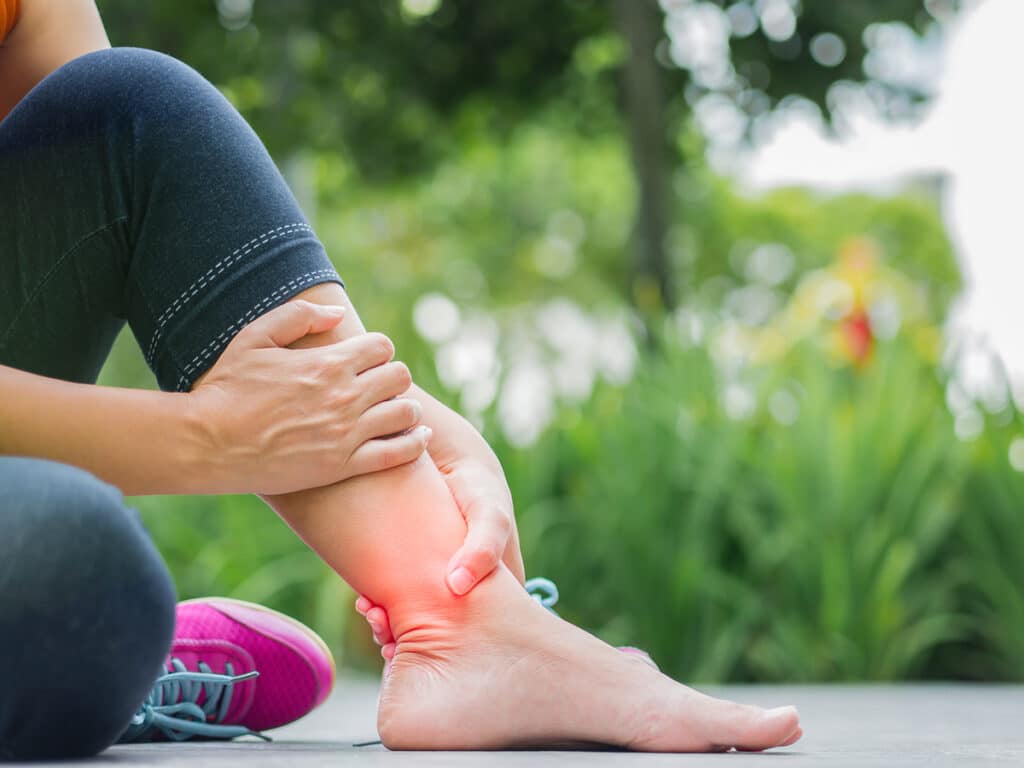
Healing Pubic Symphysis Pain During and After Pregnancy
During pregnancy, many musculoskeletal changes happen in a woman’s body. For example, widening of the pubic symphysis and sacroiliac joints occurs before childbirth. However, the process can cause pubic symphysis pain for some women and impair their activities of daily living. What Causes Pubic Symphysis Pain? The hormone relaxin softens the ligaments and joints to ease labor and delivery. Movement







